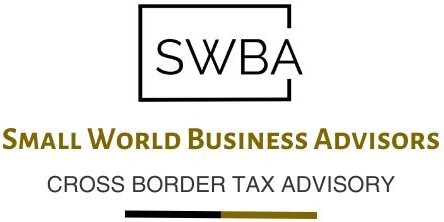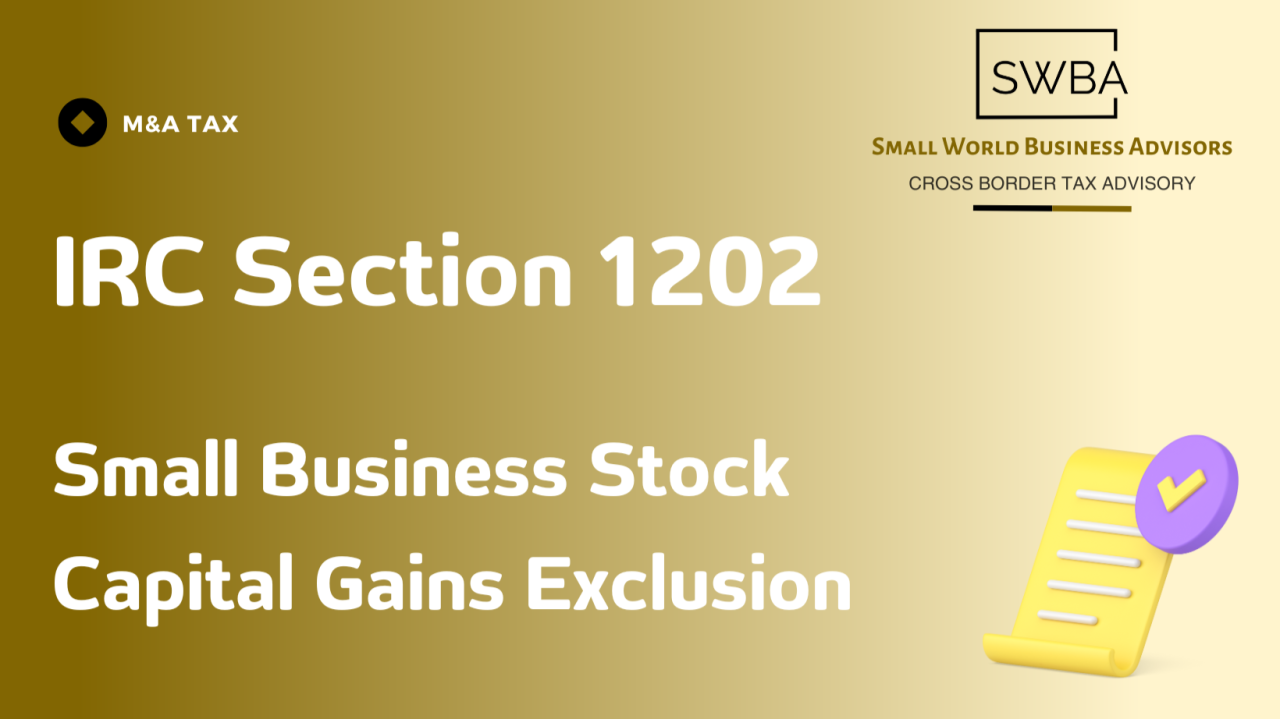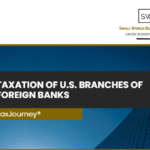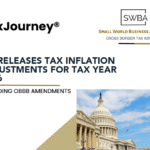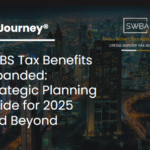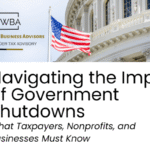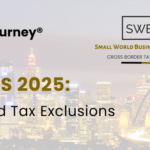Disclaimer: Section 1202 was amended as part of the One Big Beautiful Bill Act signed into law on July 4, 2025. Information contained in this article has not yet been updated and is therefore not current.
Introduction
The §1202 exclusion under the Internal Revenue Code offers a powerful and often overlooked tax incentive for investors and founders of startups and small businesses structured as C corporations. Especially relevant in mergers and acquisitions (M&A), this provision allows for significant (and sometimes total) exclusion of gain on the sale of qualified small business (“QSB”) stock, making it a critical strategic consideration in corporate transactions.
What Is the §1202 Exclusion?
Section 1202 of the Internal Revenue Code provides that non-corporate taxpayers (individuals, trusts, or estates) may exclude up to 100% of the gain from the sale or exchange of QSB stock held for more than five years.
The percentage of the exclusion depends on the acquisition date of the stock:
- 100% exclusion: For stock acquired after September 27, 2010
- 75% exclusion: For stock acquired after February 17, 2009, but before September 28, 2010
- 50% exclusion: For stock acquired before February 18, 2009
- The maximum amount of gain eligible for exclusion per taxpayer per issuer is limited to the greater of: $10 million, or 10 times the taxpayer’s adjusted basis in the QSB stock.
Eligibility Requirements for QSB Stock
Shareholder-Level Requirements
1. Eligible Shareholder
To qualify, the stock must be held directly or indirectly by an eligible shareholder, which includes individuals, trusts, and estates — all non-corporate taxpayers. If the shareholder is a partnership or an S corporation, the gain may still qualify under Section 1202. However, additional requirements must be met to enable the pass-through entity’s owners to claim the exclusion. Partnerships, in particular, can introduce complexities that might reduce the benefit unless structured carefully to preserve Section 1202 eligibility.
2. Holding Period
The stock must be held for more than five years prior to disposition. Generally, the holding period begins on the date of issuance. If stock is issued in exchange for non-cash property, the Section 1202 holding period still starts on the exchange date, even if a different holding period applies for other tax purposes. If stock is issued through the conversion of debt, or the exercise of options or warrants, the holding period begins at the time of conversion or exercise. Certain hedging transactions may disqualify the stock from Section 1202 treatment. In some cases, the shareholder can “tack on” a previous owner’s holding period — such as stock acquired by gift, inheritance, certain partnership distributions, or through specified stock conversions and exchanges.
3. Original Issuance Requirement
The taxpayer must have acquired the stock upon original issuance directly from the corporation after August 10, 1993. Stock must be purchased from the company, not a secondary shareholder. Stock received as compensation for services qualifies. Stock issued in corporate reorganizations (e.g., exchanges) may also qualify under additional specific conditions. Stock transferred by gift or inheritance maintains the original holder’s Section 1202 eligibility.
Corporation-Level Requirements
4. Eligible Corporation
The issuing entity must be an eligible domestic C corporation at the time of issuance and throughout substantially all of the shareholder’s holding period. Certain corporations are excluded, including IC-DISCs, former DISCs, RICs, REITs, REMICs, and cooperatives. An LLC electing to be taxed as a C corporation qualifies. The corporation must be based in the United States, although its operational activities can be domestic or international.
5. $50 Million Gross Assets Limitation
At the time of stock issuance (and prior to issuance), the corporation’s aggregate gross assets must not exceed $50 million, measured by adjusted tax basis. This asset test is only measured at the time of issuance and is not reevaluated later. A corporation may subsequently grow beyond $50 million in assets without affecting prior issuances of QSB stock. Importantly, assets contributed to a corporation are valued at their fair market value at the time of contribution (such as in an LLC-to-corporation conversion), not their tax basis.
6. Redemption Transactions
Section 1202 disqualifies stock if it is issued around the time of a significant redemption by the corporation. Redemptions occurring one year before or after the issuance may disqualify stock if deemed significant.
- A redemption of as little as 5% of the stock may be considered significant.
- Redemptions involving related parties lower the threshold to 2% and expand the testing period to two years. Certain redemptions — such as those arising from death, disability, or service termination — may qualify for exceptions.
7. Qualified Trade or Business Requirement
The corporation must be engaged in a qualified trade or business. Activities in certain industries including professional services, finance, farming, mining, hospitality, and others are disqualified. There is limited official guidance on interpreting prohibited industries, leaving some flexibility and risk in taxpayer positions.
8. Active Business Requirement
During substantially all of the taxpayer’s holding period, the corporation must use at least 80% of its assets (by fair market value) in the active conduct of a qualified trade or business. Key points include:
- No more than 50% of the corporation’s assets may be held as working capital, unless intended to support operations or R&D activities.
Automatic disqualification occurs if:
- More than 10% of net assets are in passive stock/securities of corporations the issuer does not control (>50%); or
- More than 10% of gross assets are in non-operating real estate. These thresholds are based on fair market value, meaning unexpected fluctuations in investment holdings or real estate values can cause inadvertent disqualification.
Relevance of §1202 in M&A Transactions
In the M&A context, Section 1202 exclusion presents major strategic tax planning opportunities:
- Maximizing After-Tax Proceeds: Sellers who meet the §1202 requirements can potentially avoid federal capital gains taxes entirely (up to the exclusion limits). This dramatically increases after-tax proceeds compared to a conventional sale taxed at long-term capital gains rates.
- Structuring Deals to Preserve QSB Status: If a merger or acquisition involves a stock-for-stock exchange, care must be taken to preserve the five-year holding period and QSB status through ‘qualified transactions’ under §1202(h).
- Planning for Stock Redemptions or Buybacks: Stock redemptions by the corporation within certain periods can disqualify stock from §1202 treatment. Parties must analyze historical and planned redemptions during due diligence.
- Entity Choice for Startups and Emerging Companies: Founders anticipating an eventual exit via sale can be strongly incentivized to form and maintain their companies as C corporations to make future QSB gains eligible for §1202 exclusion.
- Rollovers and Deferrals Using §1045: If a shareholder sells QSB stock before satisfying the five-year holding requirement, §1045 allows the taxpayer to defer the gain by rolling over proceeds into new QSB stock within 60 days, preserving eligibility for future §1202 exclusion.
Key Challenges and Planning Considerations
Documentation Is Critical: Proof of original issuance, active business qualification, and asset tests must be properly documented and maintained.
Due Diligence During M&A: Buyers should assess whether §1202 qualification applies when determining purchase price allocations and negotiating indemnities.
State Tax Treatment: Not all states conform to the federal §1202 exclusion, which could result in state-level capital gains tax.
Takeaway
The Section 1202 gain exclusion is a powerful tool to promote entrepreneurship, investment in small businesses, and efficient structuring of M&A exits.
Proper planning at the entity formation stage, throughout the company’s life cycle, and during exit transactions can unlock tremendous tax benefits for founders, employees, and early-stage investors. Given its complexity and significant value, companies and founders must work with competent tax counsel and carefully navigate the requirements and opportunities afforded by §1202.
